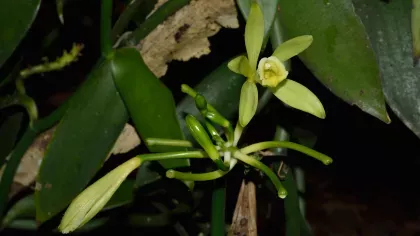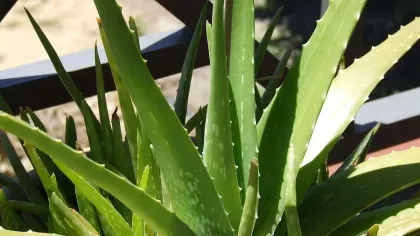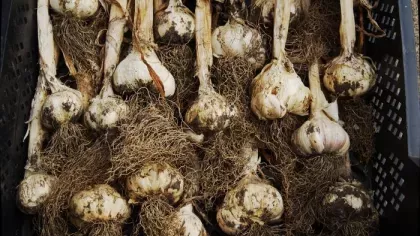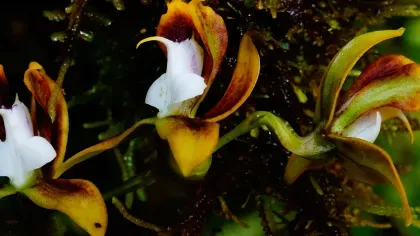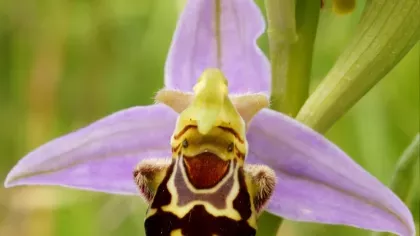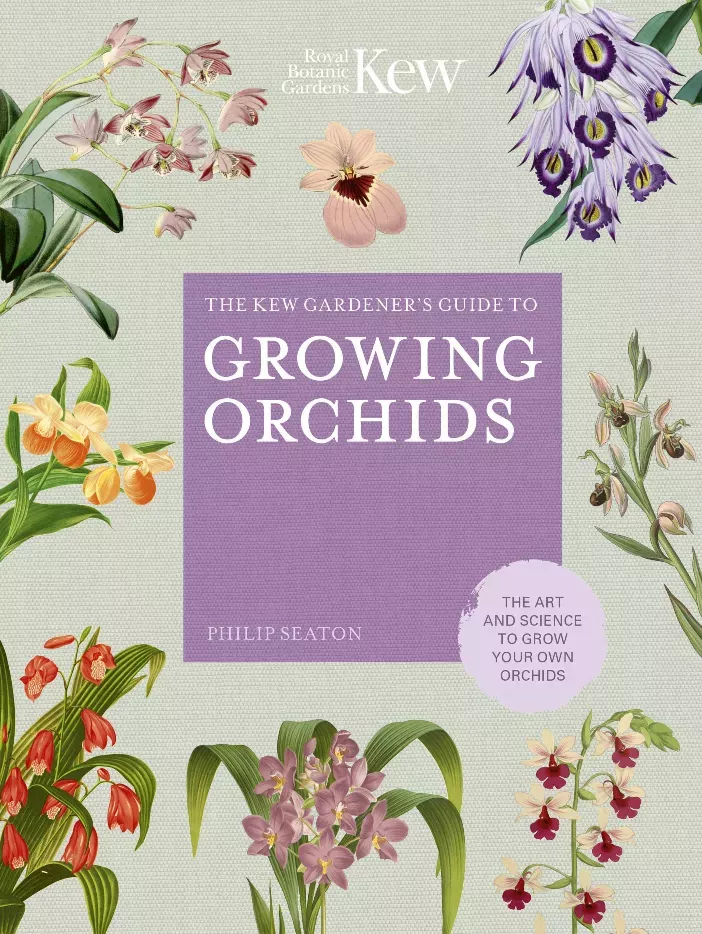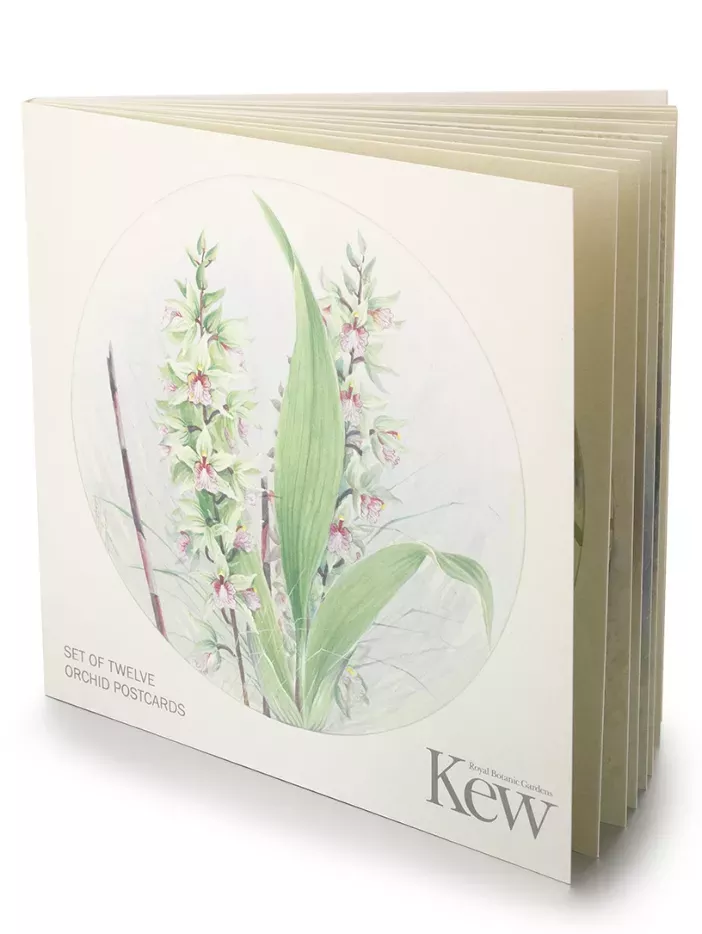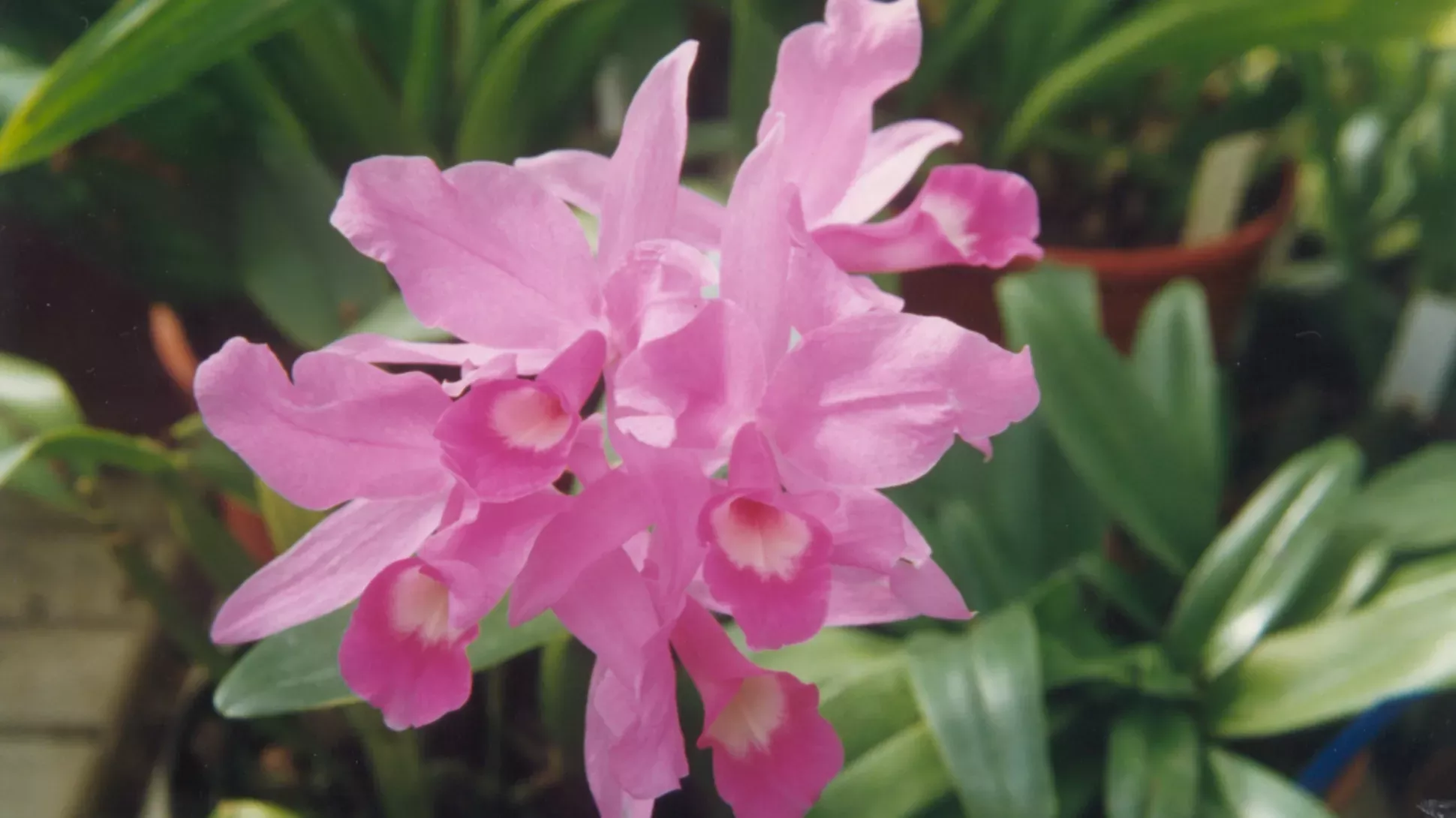
Guarianthe skinneri
On this page
With its vibrant pink-purple blossoms adorning homes across the country, Guarianthe skinneri represents the elegance and fragility of nature, as well as the beauty of the Costa Rican people.
Known locally as 'guaria morada', the flower is important in traditions, and is said to bring good luck and the promise of fulfilled dreams.
While not endangered, it is a less common sight in the forests of Costa Rica because of intensive collecting. But Guarianthe skinneri thrives as a cultivated ornamental plant in many Costa Rican homes due to its cultural significance.
Guarianthe skinneri was appointed as Costa Rica's national flower on 15 June 1939.
Plant description
Guarianthe skinneri is an epiphyte, a plant that grows on trees and other plants but without harming them as a parasite would. The pseudobulbs (thickened stem segments at the base of the plant) are ribbed. The leaves are fleshy, blunt and oblong shaped, up to 20cm long and 6cm wide. Guarianthe skinneri's large, shimmering, vibrant pink-purple flowers bloom on the end of 13cm-long stems, usually between late winter and early summer. A variety of the plant known as alba displays white flowers instead of pink.
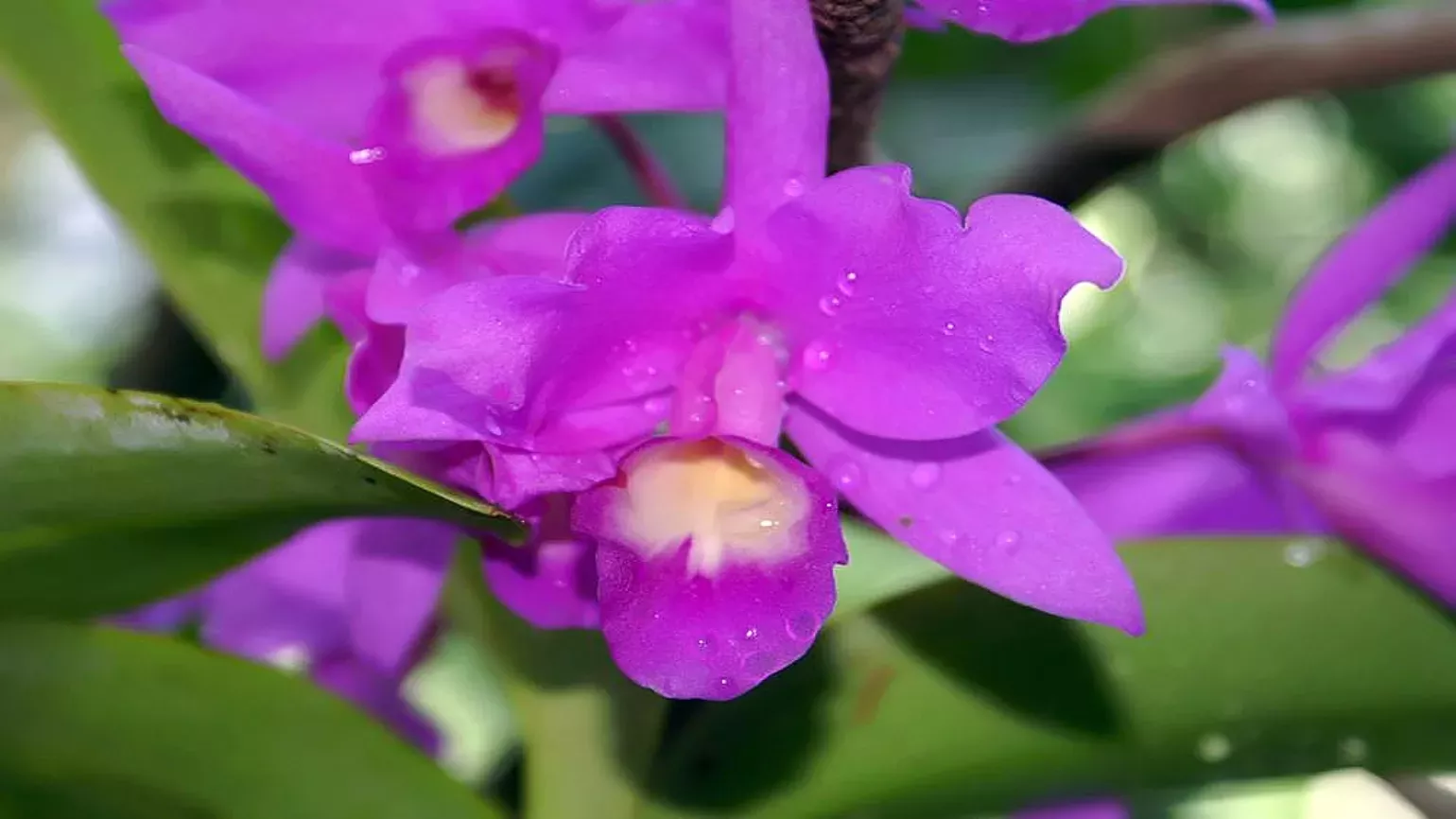
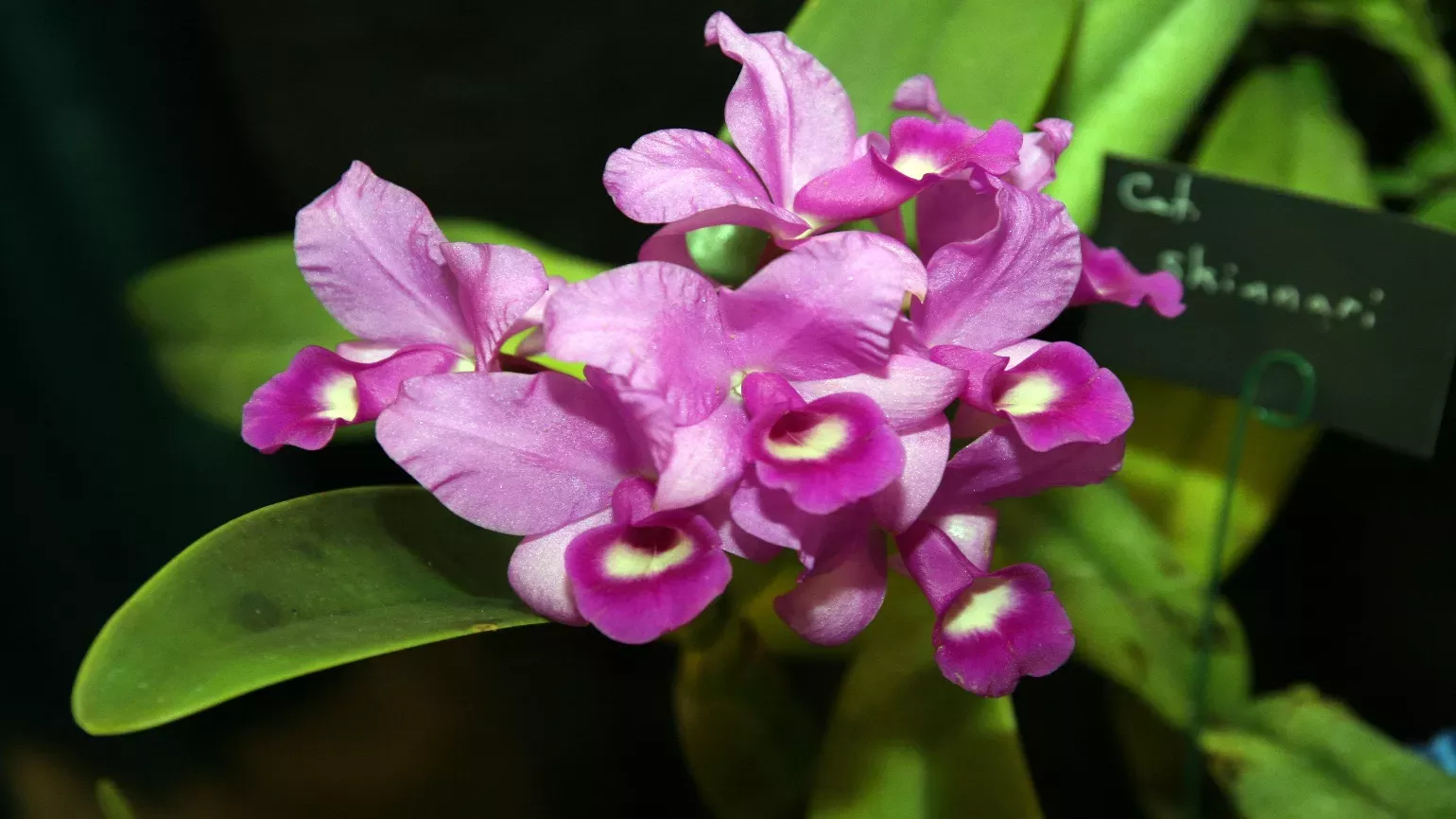
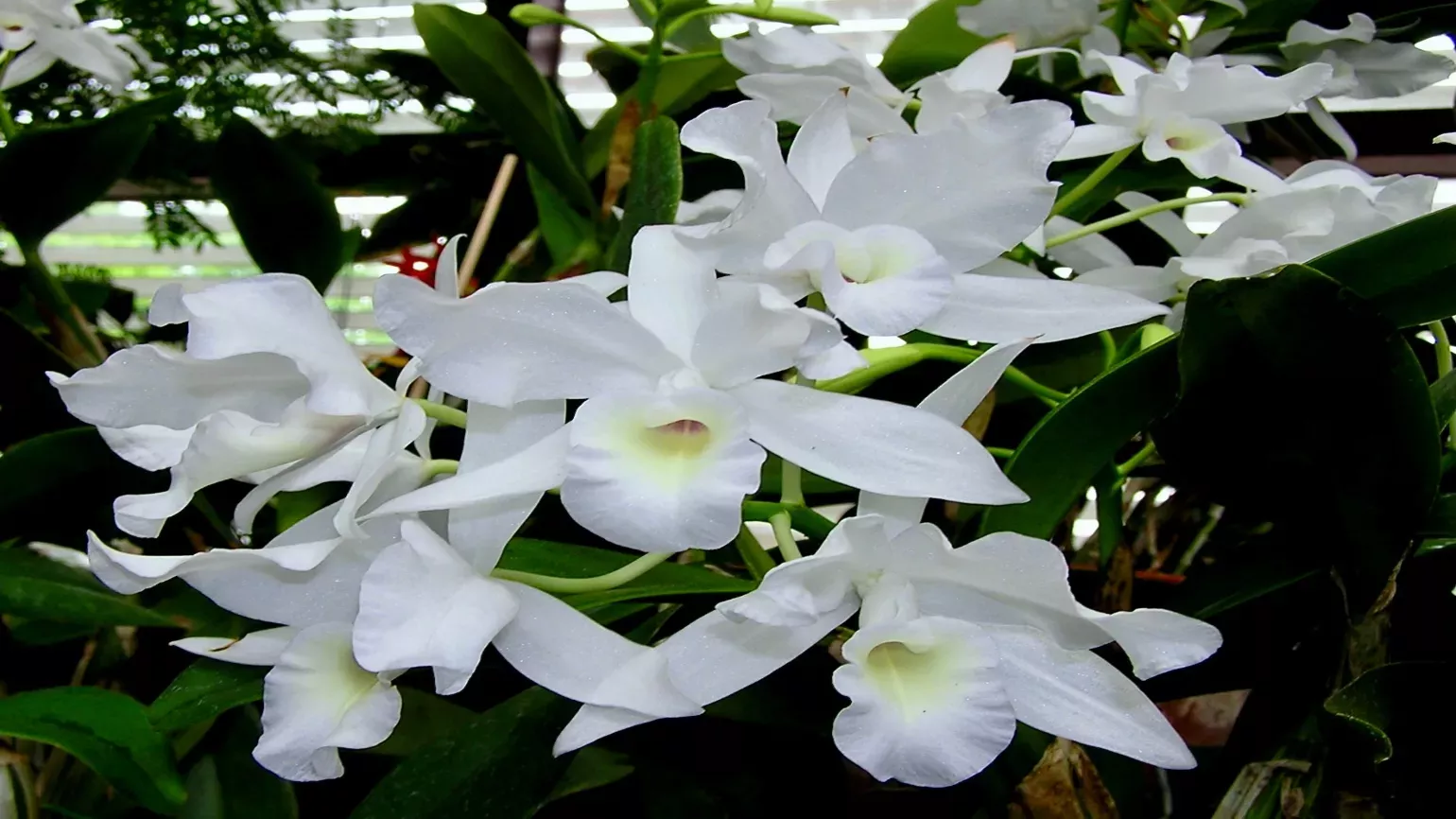
Plant uses
Cultural
Guarianthe skinneri is the national flower of Costa Rica.
A popular Costa Rican folk song Guaria Morada was written in 1934 about the flower.
According to local Costa Rican tradition, the flower brings fortune and good luck.
Guarianthe skinneri is a popular orchid for horticulture, resulting in numerous cultivated varieties (cultivars).
Did you know?
The scientific name of Guarianthe skinneri is in honour of George Ure Skinner, a Scottish botanist who sent it to Europe while working as a merchant in Guatemala. The first part of the name comes from the native Costa Rican name for the flower, guaria, and the Latin word for flower, anthus.
In Guatemala, Guarianthe skinneri is known as 'flor de Candelaria' as it blooms during the Fiesta de la Candelaria on 2 February.
In 2003, new DNA evidence placed Guarianthe skinneri in a brand-new genus, Guarianthe.
Where in the world?
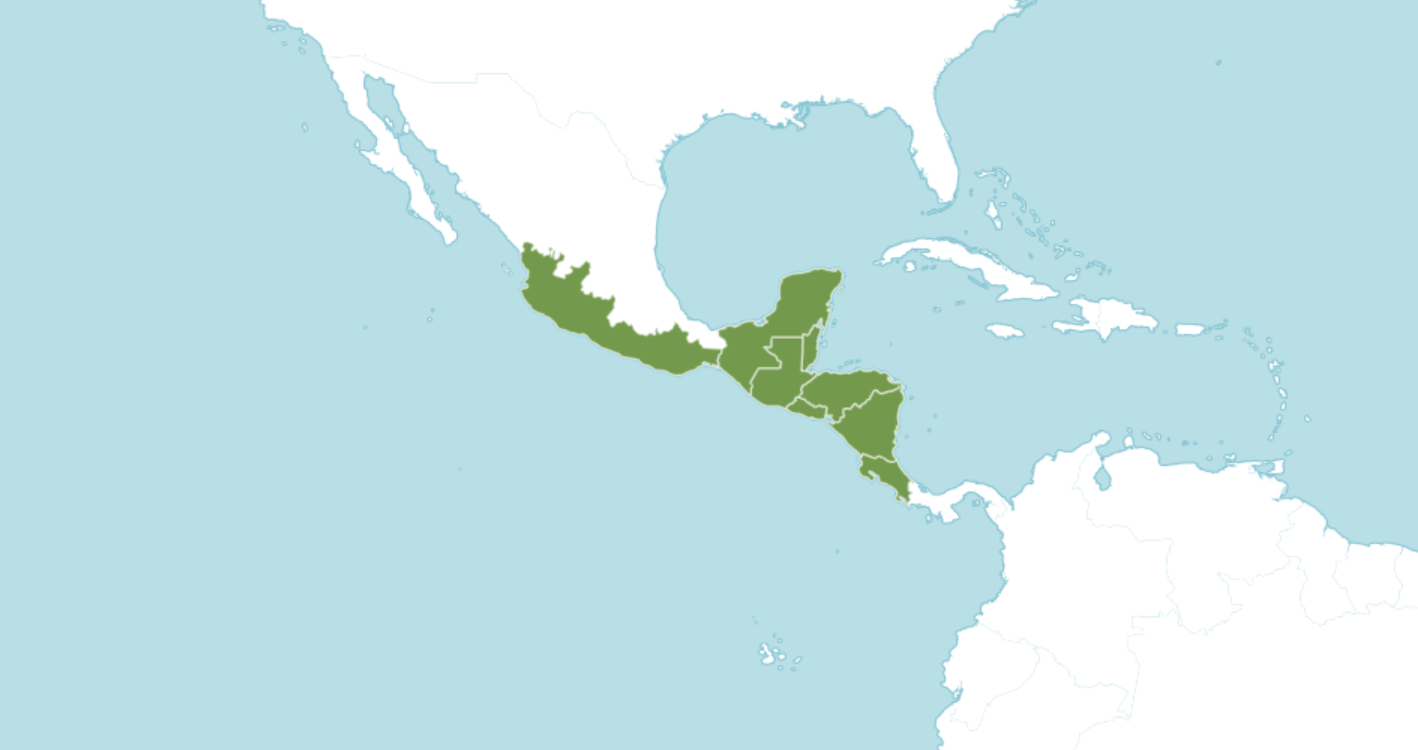
Mountainous forest areas between 700m and 1400m.
Our work
Orchids are an incredible evolutionary success story in the plant world. It's thought that there are nearly three times as many orchid species as there are bird species alive in the world today.
That’s why scientists at Kew are working to build a family tree of orchids, to understand more about how the wide variety of orchid groups are related.
Kew scientists want to sample the DNA of at least one orchid from each genus. To try and get the best view of what each genus is like, they are aiming to sequence type species, which best represent the characteristics of their genus.
Specimens will be taken into the labs, and a small piece of plant tissue removed to sample the DNA. Once the DNA is sampled, the scientists can compare DNA from different orchid species. The closer they match, the more closely related the species are.
By mapping out the branches of the orchid family tree, it helps us to better protect those species that are at risk.
Orchids are threatened around the world by habitat loss, climate change and overcollection.
The orchid tree of life project, and projects like it, helps us to predict how species will respond to future environmental change, and what risks they might face in the future.
